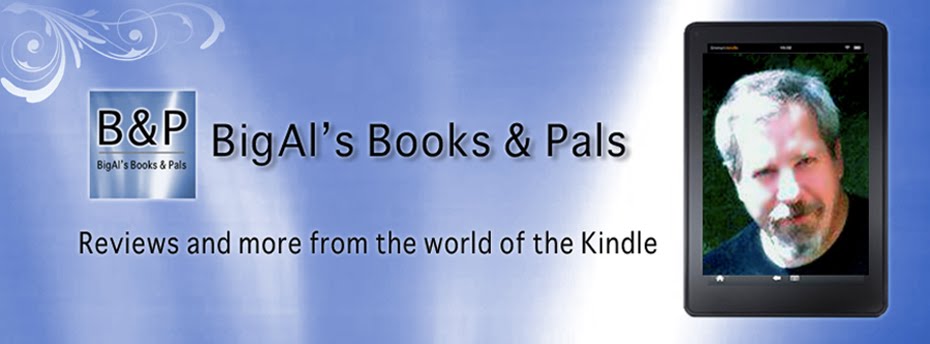Reviewed by: BigAl
Genre: Non-Fiction/Healthcare Policy
Approximate word count: 20-25,000 words
Availability
Click
on a YES above to go to appropriate page in Amazon, Barnes & Noble, or
Smashwords store
Author:
The owner
of a public policy consulting firm that specializes in health care policy, Sean
Parnell has written numerous articles on healthcare policy and formerly was on
the staff of Congressman Greg Ganske.
For more,
visit Parnell’s website.
Description:
“The
Self-Pay Patient reveals secrets to taking control of both your healthcare and
your health costs, explaining how to find affordable care outside of
conventional insurance, how to escape bureaucratic medicine, and how to opt-out
of Obamacare.”
Appraisal:
The
subtitle of this book, Affordable
Healthcare Choices in the Age of Obamacare, is in my opinion much more
descriptive of the contents. Although focused on those without health insurance
who have to pay for any healthcare services out of their own pocket (the
“self-pay patient”), there are a lot of ideas that can be applied to minimize
healthcare costs for those who do have health insurance. While primarily aimed
at the individual, there is also a section discussing options available to a
business that would be valuable to business owners and of some interest to
employees.
By way of
disclaimer and to expose any potential bias I might have on this subject,
although the author largely keeps politics out of the discussion, ferreting out
which direction he leans (left or right) is easy to figure out and happens to
be the opposite from my own leanings. I’m also employed in the health insurance
arena, although in a segment I believe the author would find less objectionable
than most of the industry.
Having said
that, I wouldn’t have been surprised to discover I had significant and far
reaching issues with much of this book. It turns out I don’t. The author has
issues with the current healthcare system (what he calls bureaucratic medicine) and I have different issues. What I see as the ideal long-term solutions are
different than the author’s, too. However, his expertise on where things stand right
now and how people can work within the current framework to find what works
best for them is excellent. I found The
Self-Pay Patient to be almost entirely free of ideology unless the author’s
dislike for bureaucratic medicine falls in that category. His approach of
having each individual look at their specific situation to determine what works
best for them with examples is well done, laying out the considerations and his
logic clearly. (Some of his examples even advise that working largely within
the current system is the best choice)
I was also
impressed that the author was upfront about the major problem of opting out of
the current system (not having access to negotiated network discounts) and
provides some strategies to deal with this. While I spotted a few things I
could nitpick (for example, his explanation of stop-loss insurance for
employers with self-funded plans was described as something new - it really isn’t, although possibly I misunderstood the point he was making - and his explanation of how it
worked was incomplete), for the purposes here the few things like this I saw
were minor and didn’t invalidate whatever point he was making at the time.
There were
only two points where I question a claim or explanation that I felt was
significant. The first is the contention that health insurance premiums “are
likely to be very high compared to insurance available before Obamacare’s
exchanges opened.” Assuming he’s talking about comparing apples to apples
(insurance plans that are roughly equivalent in coverage), I question whether
that is a reasonable assessment. It is certainly possible and will vary widely
from state to state. I’d caution (as I think the author would as well) to
explore what plans are available in your area and the actual costs when
evaluating your options rather than assuming that option won’t work for you.
My second
objection is to advising people who choose to go outside of the system to
consider plans available through the healthcare exchanges as a safety net. In
other words, opt-out unless you’re diagnosed with a serious problem and, if
that happens, take advantage of the fact that you can’t be excluded from
coverage due to pre-existing conditions. I see that idea, at best, to be
morally ambiguous.
Format/Typo Issues:
No
significant issues.
Rating: **** Four stars


No comments:
Post a Comment